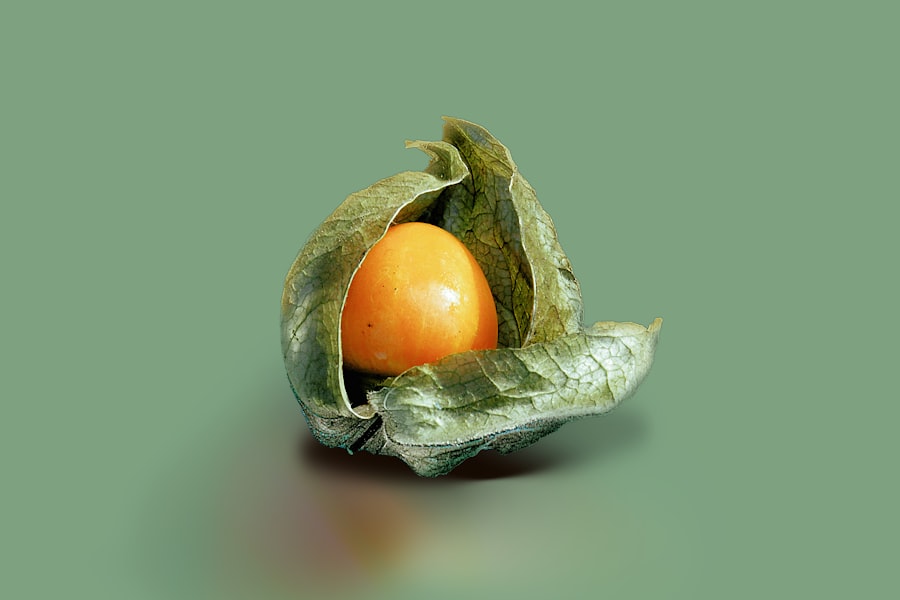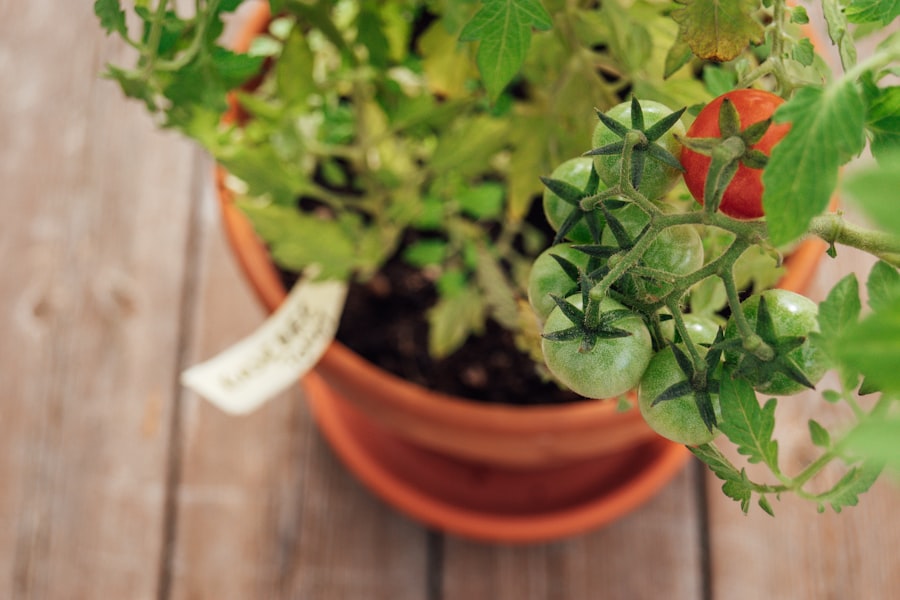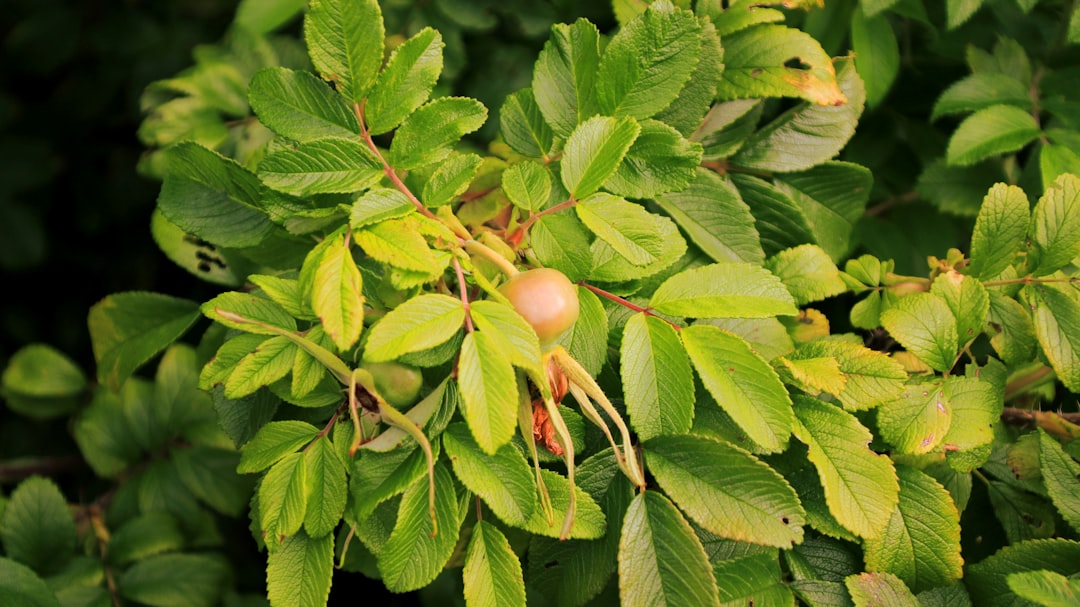Early blight, primarily caused by the fungus Alternaria solani, is a significant concern for gardeners and farmers alike, particularly those cultivating tomatoes and potatoes. This disease thrives in warm, humid conditions, making it especially prevalent in regions with such climates. The pathogen can survive in the soil and on plant debris, leading to recurring outbreaks if not managed effectively.
Early blight is notorious for its ability to spread rapidly, often resulting in substantial yield losses if left unchecked. Understanding the life cycle of this fungus is crucial for effective management; it typically begins with spores that are released into the air and can infect plants through wounds or natural openings. The disease manifests itself in various ways, often starting with small, dark spots on the lower leaves of infected plants.
As the disease progresses, these spots enlarge and may develop concentric rings, giving them a target-like appearance. The leaves may eventually yellow and die off, leading to reduced photosynthesis and overall plant vigor. In severe cases, early blight can affect the fruit itself, leading to unsightly blemishes and rot.
Recognizing the implications of early blight is essential for anyone involved in agriculture or gardening, as it can significantly impact both the aesthetic and economic value of crops.
Key Takeaways
- Early blight is a common fungal disease that affects tomato and potato plants, causing significant yield loss.
- Symptoms of early blight include dark spots on leaves, stem lesions, and fruit rot, which can lead to plant death if left untreated.
- Preventative measures for early blight include proper plant spacing, adequate air circulation, and avoiding overhead watering.
- Proper planting techniques such as using disease-free seeds, rotating crops, and removing infected plant debris can help avoid early blight.
- Selecting resistant varieties of plants, practicing proper watering and fertilization, and using mulch can help prevent early blight in the garden.
Identifying Early Blight Symptoms
Identifying early blight symptoms is a critical step in managing this disease effectively. The initial signs often appear as small, dark brown or black lesions on the lower leaves of plants. These lesions can grow larger over time, sometimes reaching up to an inch in diameter.
As they expand, they may develop a characteristic concentric ring pattern that is indicative of the disease. Infected leaves will often exhibit yellowing around the edges, which can lead to premature leaf drop. This defoliation not only weakens the plant but also reduces its ability to photosynthesize, ultimately affecting fruit development.
In addition to leaf symptoms, early blight can also impact stems and fruits. Stems may develop dark streaks or lesions that can compromise the structural integrity of the plant. On fruits, particularly tomatoes, early blight can cause dark spots that may lead to rot if not addressed promptly.
It is essential for gardeners to regularly inspect their plants for these symptoms, especially during warm and humid weather when the disease is most likely to thrive. Early detection allows for timely intervention, which can mitigate the spread of the disease and protect overall crop health.
Preventative Measures for Early Blight

Preventative measures are vital in managing early blight effectively. One of the most effective strategies is to ensure proper air circulation around plants. Crowded plants create a humid microclimate that is conducive to fungal growth.
By spacing plants adequately and pruning them to improve airflow, gardeners can significantly reduce the likelihood of early blight outbreaks. Additionally, practicing good sanitation by removing any infected plant debris from the garden can help minimize the risk of reinfection in subsequent growing seasons. Another crucial preventative measure involves monitoring environmental conditions.
Early blight thrives in warm temperatures and high humidity; therefore, keeping an eye on weather patterns can inform management decisions. For instance, during periods of high humidity or after heavy rainfall, it may be prudent to apply fungicides as a preventive measure rather than waiting for symptoms to appear. This proactive approach can help protect plants before they become infected and reduce the overall incidence of early blight in the garden.
Proper Planting Techniques to Avoid Early Blight
| Planting Technique | Impact on Early Blight |
|---|---|
| Spacing | Proper spacing between plants can reduce humidity and prevent the spread of early blight. |
| Soil Moisture | Avoid overwatering to prevent creating a favorable environment for early blight. |
| Mulching | Using mulch can help to prevent soil splashing onto the plants, reducing the risk of early blight. |
| Plant Health | Healthy plants are more resistant to early blight, so proper fertilization and care is important. |
Proper planting techniques play a significant role in preventing early blight disease. One fundamental practice is to choose well-drained locations for planting. Soil that retains excessive moisture can create an environment conducive to fungal growth.
Raised beds or mounds can improve drainage and reduce waterlogging, which is particularly important in areas prone to heavy rainfall. Additionally, planting crops at the appropriate depth ensures that they establish strong root systems while minimizing stress that could make them more susceptible to disease. Another important aspect of planting techniques is crop rotation.
By rotating crops each season, gardeners can disrupt the life cycle of pathogens like Alternaria solani that may persist in the soil. For example, if tomatoes were grown in a particular area one year, planting unrelated crops such as beans or corn in that same spot the following year can help reduce the risk of early blight re-emerging. This practice not only helps manage diseases but also promotes soil health by varying nutrient demands and reducing pest populations.
Selecting Resistant Varieties of Plants
Selecting resistant varieties of plants is one of the most effective strategies for managing early blight disease. Many seed companies now offer tomato and potato varieties that have been bred specifically for resistance to common diseases, including early blight. These resistant varieties often exhibit fewer symptoms and maintain better overall health compared to susceptible ones when exposed to the pathogen.
For instance, varieties such as ‘Defiant’ and ‘Mountain Magic’ are known for their resistance to early blight while still producing high-quality fruit. In addition to selecting resistant varieties, it is essential for gardeners to consider local growing conditions when making their choices. Some resistant varieties may perform exceptionally well in one region but struggle in another due to differences in climate or soil type.
Consulting local agricultural extension services or experienced gardeners can provide valuable insights into which varieties are best suited for specific environments. By choosing resistant plants tailored to local conditions, gardeners can significantly reduce their reliance on chemical treatments and enhance their chances of a successful harvest.
Proper Watering and Fertilization Practices

Proper watering and fertilization practices are crucial components in managing early blight disease effectively. Overhead watering can create a humid environment that encourages fungal growth; therefore, it is advisable to use drip irrigation or soaker hoses that deliver water directly to the soil without wetting the foliage. Watering early in the day allows any moisture on leaves to evaporate quickly, reducing the risk of fungal infections.
Additionally, maintaining consistent soil moisture levels helps prevent stress on plants that could make them more susceptible to diseases. Fertilization practices also play a significant role in plant health and disease resistance. Over-fertilizing with nitrogen can lead to lush foliage that is more prone to early blight infections; therefore, it is essential to follow recommended fertilization guidelines based on soil tests.
A balanced approach that includes adequate phosphorus and potassium can promote strong root systems and overall plant vigor while minimizing excessive leaf growth that could attract pathogens. By adopting sound watering and fertilization practices, gardeners can create an environment less conducive to early blight development.
Mulching to Prevent Early Blight
Mulching serves as an effective strategy for preventing early blight by creating a barrier between soil-borne pathogens and plant foliage. Organic mulches such as straw, wood chips, or shredded leaves not only suppress weeds but also help retain soil moisture and regulate temperature fluctuations. By preventing soil from splashing onto lower leaves during rain or irrigation events, mulch reduces the likelihood of fungal spores being transferred to plant surfaces where they can initiate infections.
In addition to its protective qualities, mulch contributes to overall soil health by breaking down over time and adding organic matter back into the soil. This improved soil structure enhances drainage and aeration while promoting beneficial microbial activity that can outcompete harmful pathogens like Alternaria solani. When applying mulch, it is essential to maintain a layer that is thick enough (typically 2-4 inches) to provide adequate coverage while avoiding direct contact with plant stems, which could create conditions favorable for rot.
Pruning and Treating Infected Plants
Pruning infected plants is a critical step in managing early blight disease effectively. Regularly inspecting plants for symptoms allows gardeners to identify affected leaves or stems early on. Once identified, it is essential to remove these infected parts promptly using clean pruning shears to prevent further spread of the disease.
Disposing of infected plant material away from the garden site—rather than composting—helps minimize the risk of reinfection from spores that may survive in compost piles. In addition to pruning, treating infected plants with appropriate fungicides can help manage early blight outbreaks effectively. Fungicides containing active ingredients such as chlorothalonil or copper-based compounds are commonly used for this purpose.
It is crucial to follow label instructions carefully regarding application rates and timing for optimal effectiveness while minimizing potential harm to beneficial organisms in the garden ecosystem. Combining pruning with fungicide applications creates a comprehensive approach that addresses both existing infections and helps prevent future outbreaks.
Crop Rotation to Reduce Early Blight Risk
Crop rotation is a fundamental agricultural practice that significantly reduces the risk of early blight disease by disrupting pathogen life cycles and improving soil health. By alternating crops each season rather than planting the same species in consecutive years, gardeners can limit the buildup of soil-borne pathogens like Alternaria solani that thrive on specific host plants such as tomatoes and potatoes. For example, following a tomato crop with legumes or grains can help break this cycle while enhancing soil fertility through nitrogen fixation.
Implementing crop rotation requires careful planning based on crop families and their susceptibility to diseases. It is advisable to rotate crops within different families rather than simply alternating between two types of vegetables from the same family group; this ensures a more effective reduction in pathogen populations over time. Additionally, incorporating cover crops during off-seasons can further enhance soil health while providing additional benefits such as erosion control and weed suppression.
Using Organic and Chemical Treatments
The use of organic and chemical treatments plays a vital role in managing early blight disease effectively while balancing environmental concerns with crop protection needs. Organic treatments such as neem oil or potassium bicarbonate have gained popularity among gardeners seeking eco-friendly solutions for disease management. These products work by disrupting fungal growth or enhancing plant defenses against pathogens without introducing synthetic chemicals into the environment.
On the other hand, chemical fungicides remain an important tool for many commercial growers dealing with severe early blight outbreaks. Products containing active ingredients like azoxystrobin or mancozeb are commonly used due to their effectiveness against a range of fungal diseases including early blight. However, it is essential for users to adhere strictly to application guidelines provided by manufacturers to ensure both efficacy and safety for non-target organisms within the ecosystem.
Monitoring and Maintaining a Healthy Garden Environment
Monitoring and maintaining a healthy garden environment are crucial components in preventing early blight disease from taking hold in your plants. Regular inspections allow gardeners to catch any signs of disease early on before they escalate into more significant problems. This proactive approach includes checking not only for visible symptoms but also assessing environmental conditions such as humidity levels and soil moisture content that could contribute to fungal growth.
Creating a balanced ecosystem within your garden also plays an essential role in disease prevention. Encouraging beneficial insects like ladybugs or lacewings helps control pest populations that may stress plants and make them more susceptible to diseases like early blight. Additionally, incorporating diverse plant species can enhance biodiversity within your garden space, promoting resilience against various pests and diseases while improving overall soil health through varied root structures and nutrient uptake patterns.
By implementing these strategies collectively—understanding early blight disease dynamics, identifying symptoms promptly, employing preventative measures like proper planting techniques and crop rotation—gardeners can significantly reduce their risk of encountering this challenging fungal infection while fostering a thriving garden environment conducive to healthy plant growth.
If you are dealing with Early Blight Disease in your garden, you may also be interested in learning about how to save an aloe vera plant. This quick rescue guide provides helpful tips on how to revive a struggling aloe vera plant. Additionally, understanding the importance of soilless potting mix, as discussed in this article, can help prevent diseases like Early Blight. Proper pruning techniques, such as those outlined in this guide for Leyland Cypress trees, can also contribute to overall plant health and disease prevention.
FAQs
What is Early Blight Disease?
Early blight disease is a common fungal disease that affects plants, particularly tomatoes and potatoes. It is caused by the fungus Alternaria solani and can lead to significant yield losses if not properly managed.
What are the symptoms of Early Blight Disease?
Symptoms of early blight disease include dark brown spots with concentric rings on the leaves, which can eventually cause the leaves to turn yellow and die. The disease can also affect the stems and fruits of the plant.
How does Early Blight Disease spread?
Early blight disease can spread through infected plant debris, contaminated soil, and splashing water. It can also be spread by wind and insects.
How can Early Blight Disease be managed?
Early blight disease can be managed through cultural practices such as crop rotation, proper spacing of plants, and removing infected plant debris. Fungicides can also be used to control the disease.
Can Early Blight Disease be prevented?
Early blight disease can be prevented by planting disease-resistant varieties, practicing good sanitation in the garden, and avoiding overhead watering. Additionally, maintaining proper plant nutrition and avoiding excessive nitrogen can help prevent the disease.

